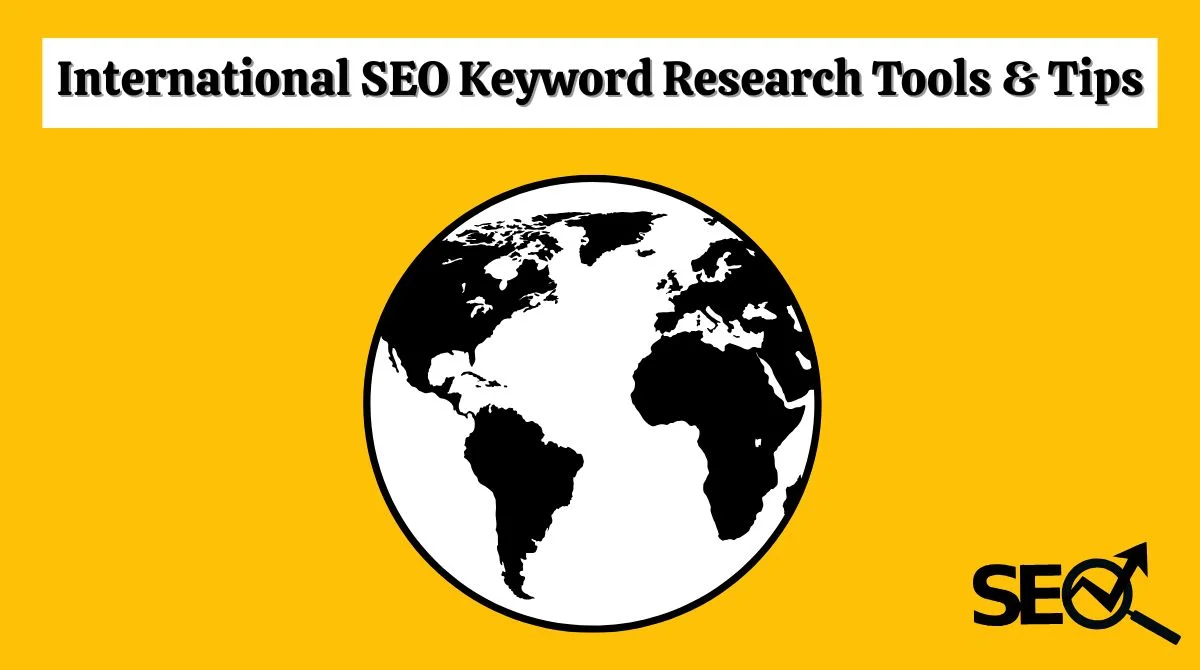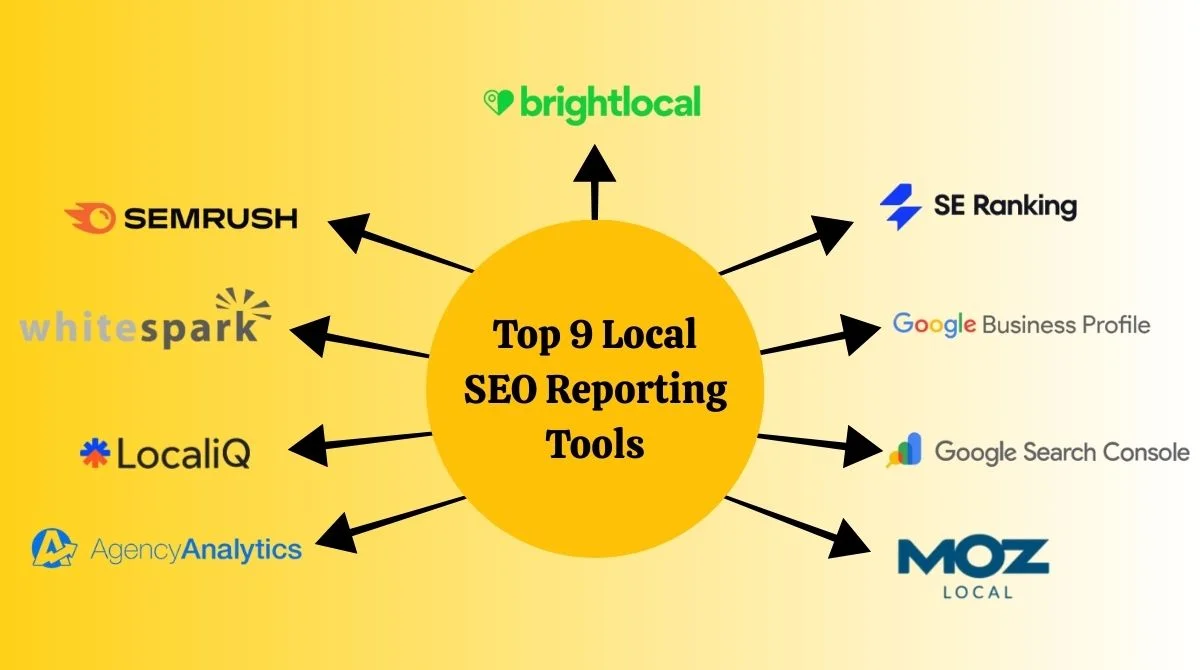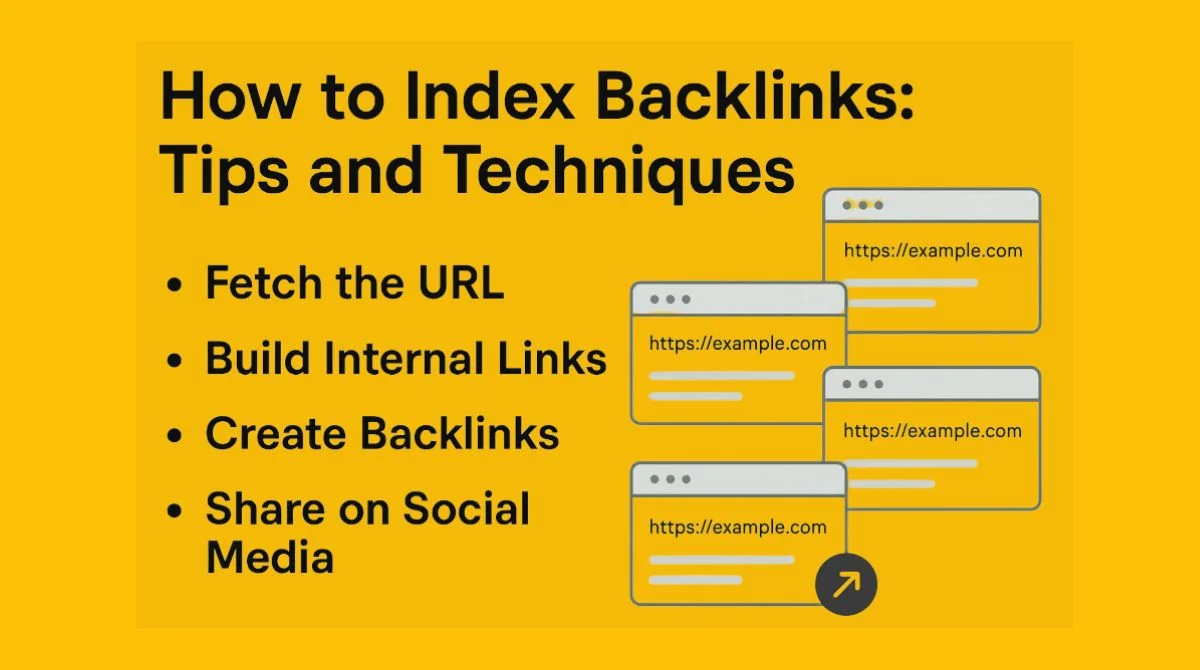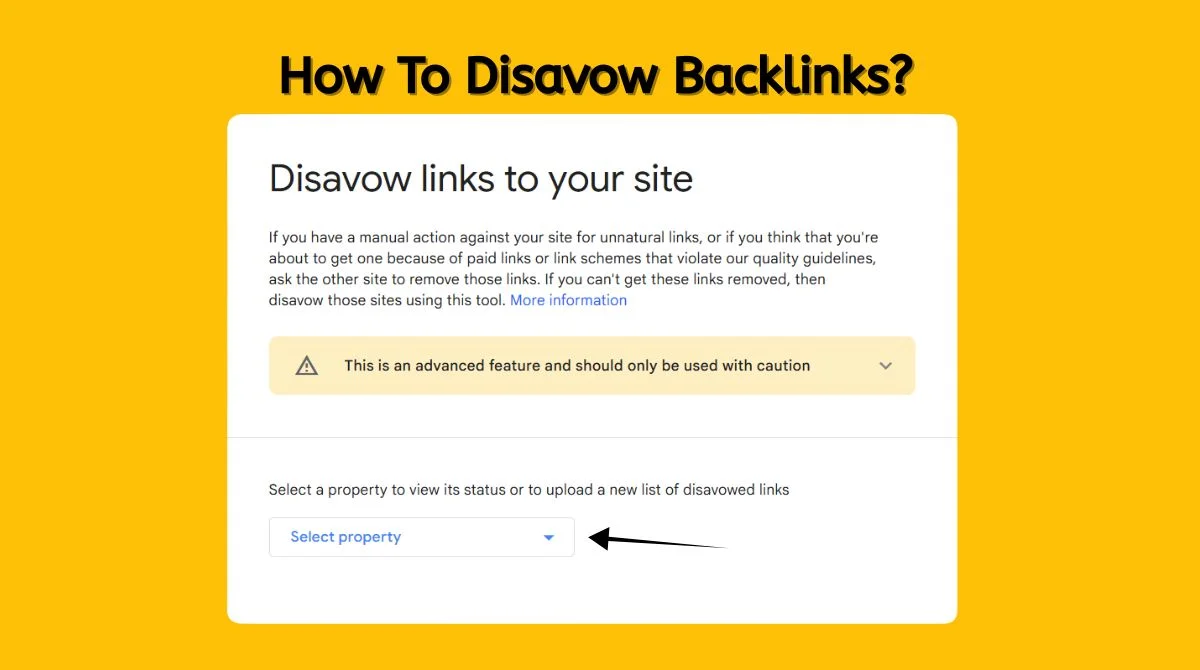Running a Shopify store comes with many benefits, but it also brings unique SEO challenges. While Shopify is SEO friendly in many ways, certain platform limitations can hurt your search rankings if left unfixed.
Many Shopify stores face common SEO issues like duplicate content, broken links, and slow-loading pages that can impact their visibility in search results. The good news? Most shopify seo problems have simple solutions.
Why Shopify SEO Issues Matter?
Search engines like Google want to show users the best possible results. When your Shopify store has technical SEO problems, it sends negative signals to search engines.
These issues can lead to:
- Lower search rankings.
- Reduced organic traffic.
- Poor user experience.
- Lost sales opportunities.
Understanding and fixing these problems quickly is essential for your store’s success.
Common Shopify SEO Problems and Quick Fixes
1. Duplicate Content Issues
Duplicate content caused by product variants is one of the most damaging Shopify SEO issues today. This happens when the same product appears on multiple URLs or when collection pages create similar content.
Common causes include:
- Product variants create separate URLs.
- Collection pages with similar content.
- Blog tag pages with duplicate descriptions.
- Products appearing in multiple collections.
Quick fixes:
- Use canonical tags to point to the main product page.
- Redirect duplicate pages back to the original content page.
- Add unique descriptions for each collection.
- Implement proper URL structure for variants.
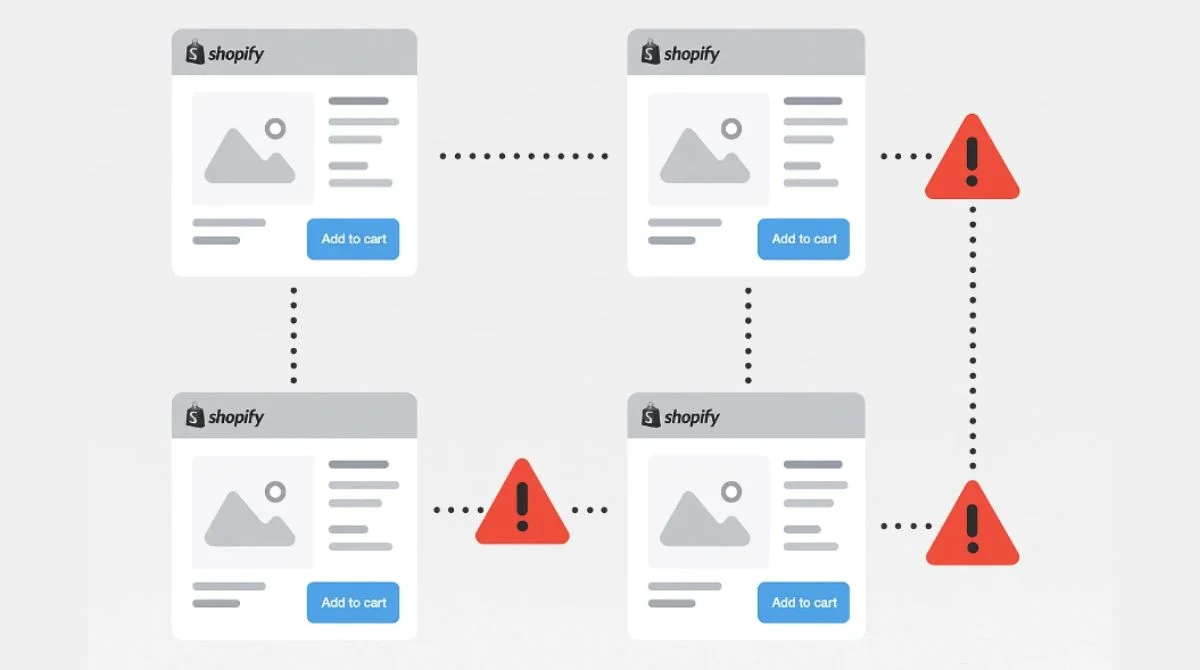
2. Broken Links and 404 Errors
Broken links hurt both user experience and SEO. They often occur when you delete products, change URLs, or reorganize your store structure.
How to fix:
- Regularly audit your site for broken links.
- Set up 301 redirects for deleted pages.
- Use tools like Google Search Console to find errors.
- Create a custom 404 page that guides users back to your store.
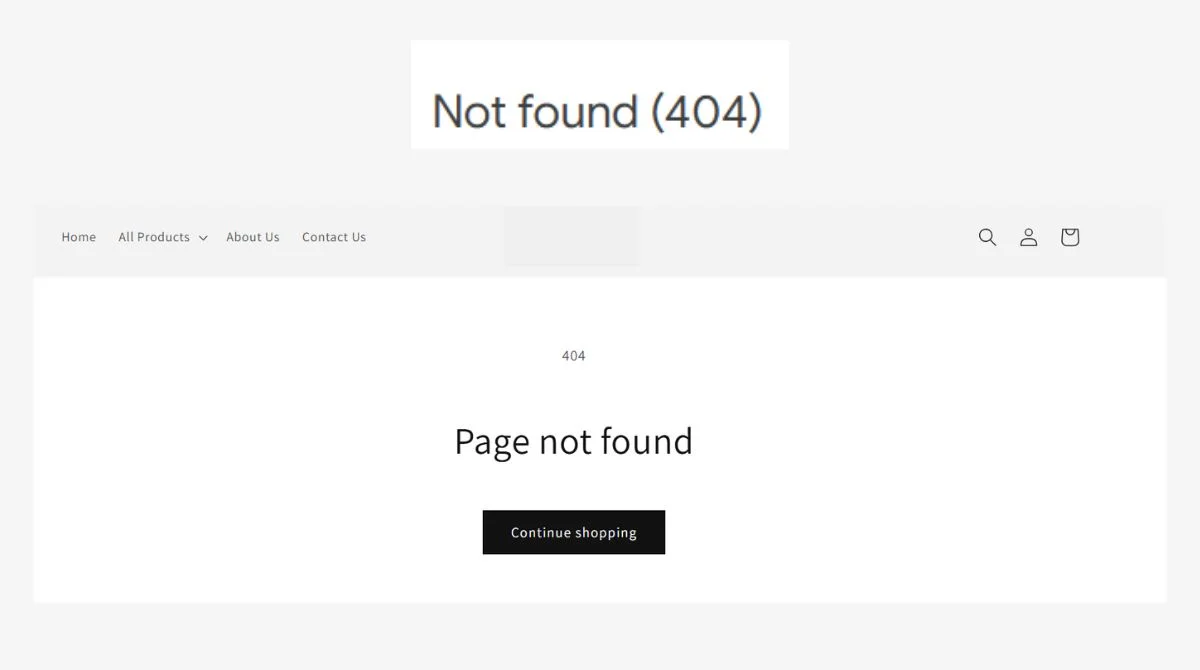
3. Slow Page Loading Speed
Site speed is a crucial ranking factor. Slow Shopify stores frustrate users and get penalized by search engines.
Common speed problems:
- Large, unoptimized images.
- Too many apps are running simultaneously.
- Heavy theme files.
- Poor hosting performance.
Speed optimization tips:
- Compress images before uploading.
- Remove unused apps and code.
- Choose a lightweight, fast-loading theme.
- Use Shopify’s built-in CDN effectively.
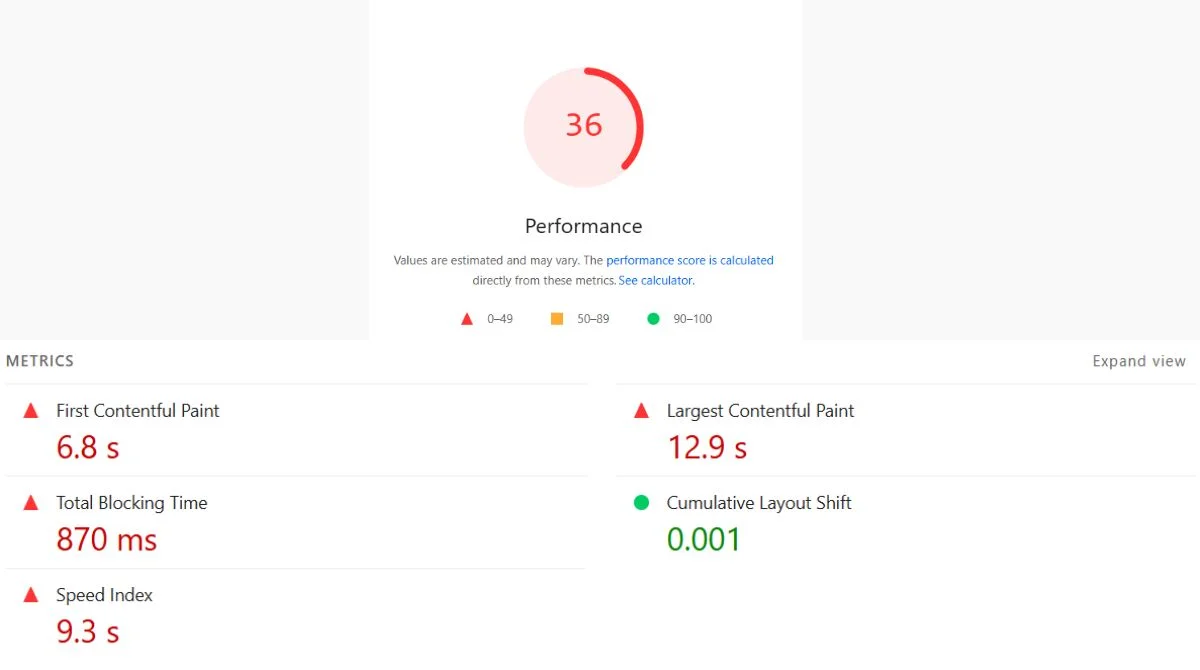
4. Poor URL Structure
Shopify’s limitations in organizing web pages and modifying category appearances can hold back SEO performance. The platform forces certain URL structures that aren’t always SEO optimal.
Problems with Shopify URLs:
- Forced “/collections/” and “/products/” in URLs.
- Limited customization options.
- Automatic URL generation that may not be keyword-friendly.
Workarounds:
- Optimize the parts of URLs you can control.
- Use descriptive product and collection handles.
- Keep URLs short and keyword-focused.
- Avoid changing URLs once they’re established.
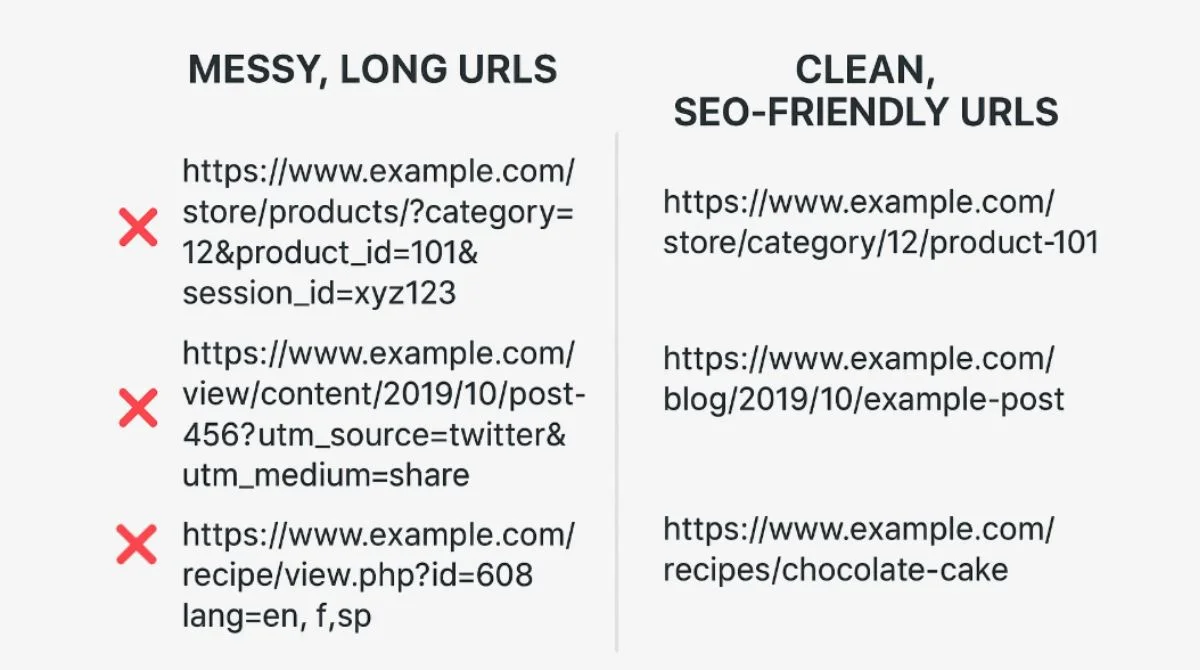
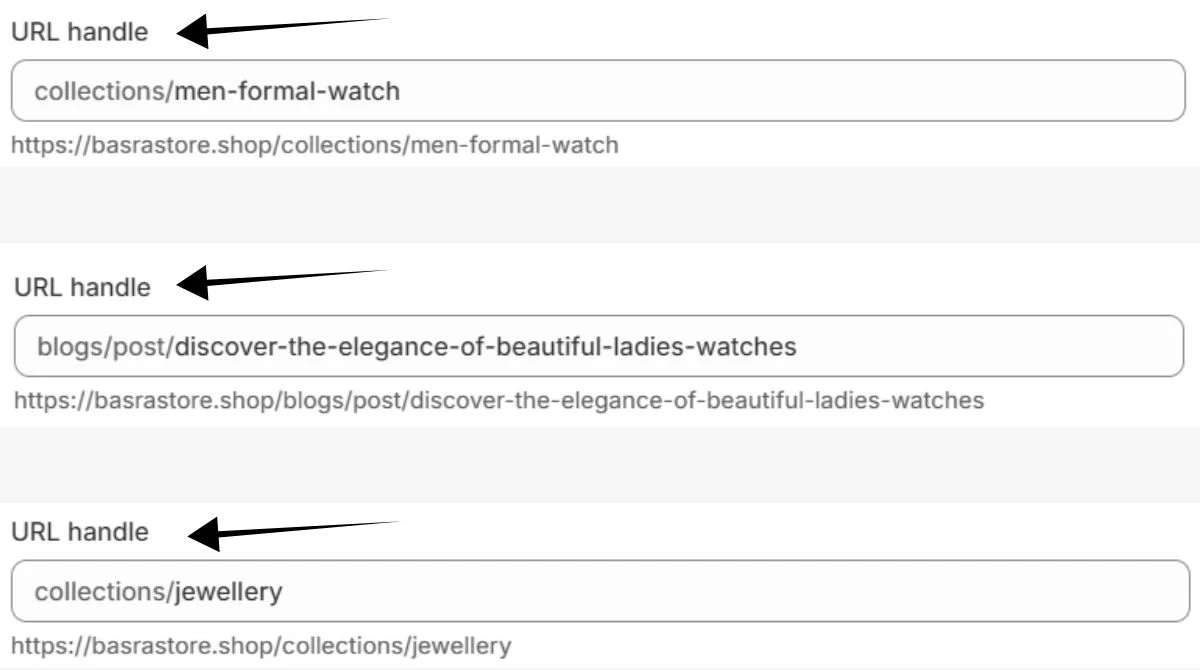
5. Missing or Poor Meta Tags
Meta titles and descriptions are crucial for SEO, but many Shopify stores leave them blank or poorly optimized.
Best practices:
- Write unique meta titles under 60 characters.
- Create compelling meta descriptions under 160 characters.
- Include your focus keywords naturally.
- Avoid duplicate meta tags across pages.
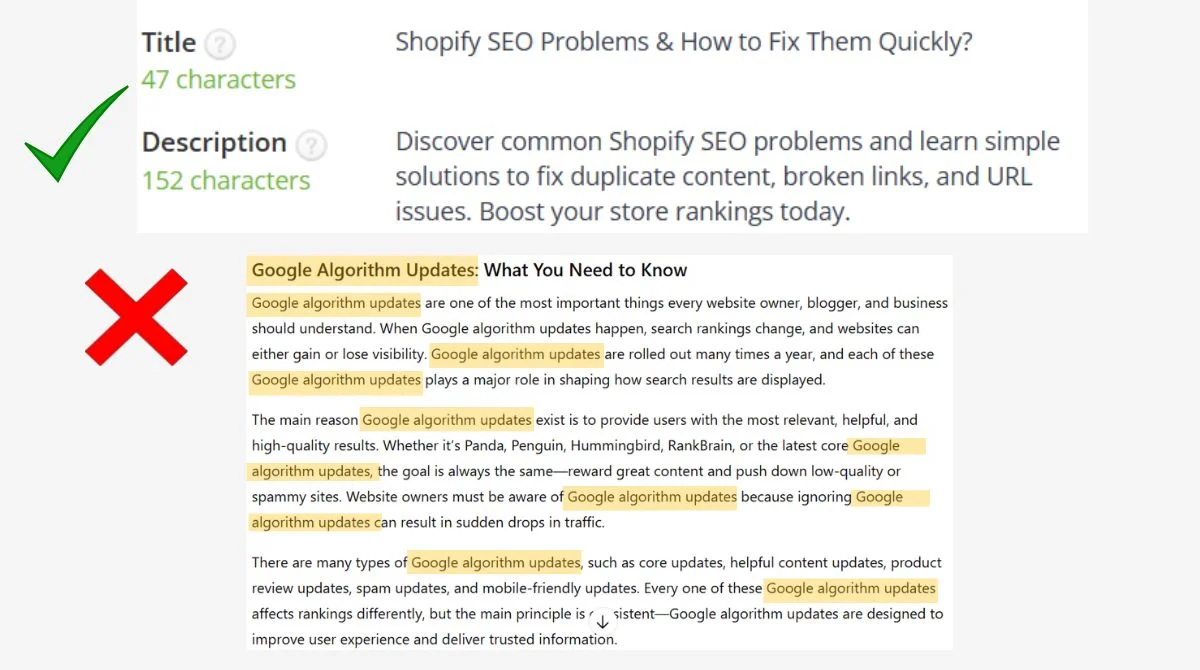
6. Limited Schema Markup
Shopify provides basic structured data, but it’s often not enough for competitive niches.
Solutions:
- Add product schema manually.
- Include a review schema for better visibility.
- Implement breadcrumb schema.
- Use apps that enhance structured data.

7. Blog and Content Issues
Many Shopify stores struggle with content-related SEO problems that limit their organic reach.
Common problems:
- Lack of regular blog content.
- Thin product descriptions.
- Missing category descriptions.
- Poor internal linking.
Content fixes:
- Create blog content that attracts visitors through long-tail keywords.
- Write detailed, unique product descriptions.
- Add informative category page content.
- Build strong internal link networks.
Is Shopify Good for SEO?
The question “Is Shopify good for seo?” comes up frequently. The answer is nuanced.
Shopify SEO advantages:
- Built-in SSL certificates.
- Mobile-responsive themes.
- Fast hosting infrastructure.
- Basic SEO tools included.
- Clean code structure.
Shopify SEO limitations:
- Limited ability to add custom fields compared to open-source platforms.
- Restricted URL customization.
- Basic blogging features.
- Limited control over technical SEO elements.
Overall, is Shopify seo friendly? Yes, but with some limitations that require workarounds.
Advanced Shopify SEO Tips
Optimize Product Pages
- Use high-quality, unique images with descriptive alt text.
- Write detailed product descriptions with relevant keywords.
- Include customer reviews and ratings.
- Add related product suggestions.
- Optimize product URLs with descriptive handles.
Improve Site Navigation
- Create a logical category structure.
- Use descriptive menu labels.
- Add breadcrumb navigation.
- Include a search function.
- Build an XML sitemap.
Mobile Optimization
- Choose mobile-responsive themes.
- Test your store on different devices.
- Optimize touch elements for mobile users.
- Ensure fast mobile loading speeds.
- Use mobile-friendly pop-up designs.
Tools to Help Fix Shopify SEO Problems
Several tools can help identify and fix shopify seo issues:
Free tools:
- Google Search Console.
- Google Analytics.
- Google PageSpeed Insights.
- Shopify’s built-in SEO tools.
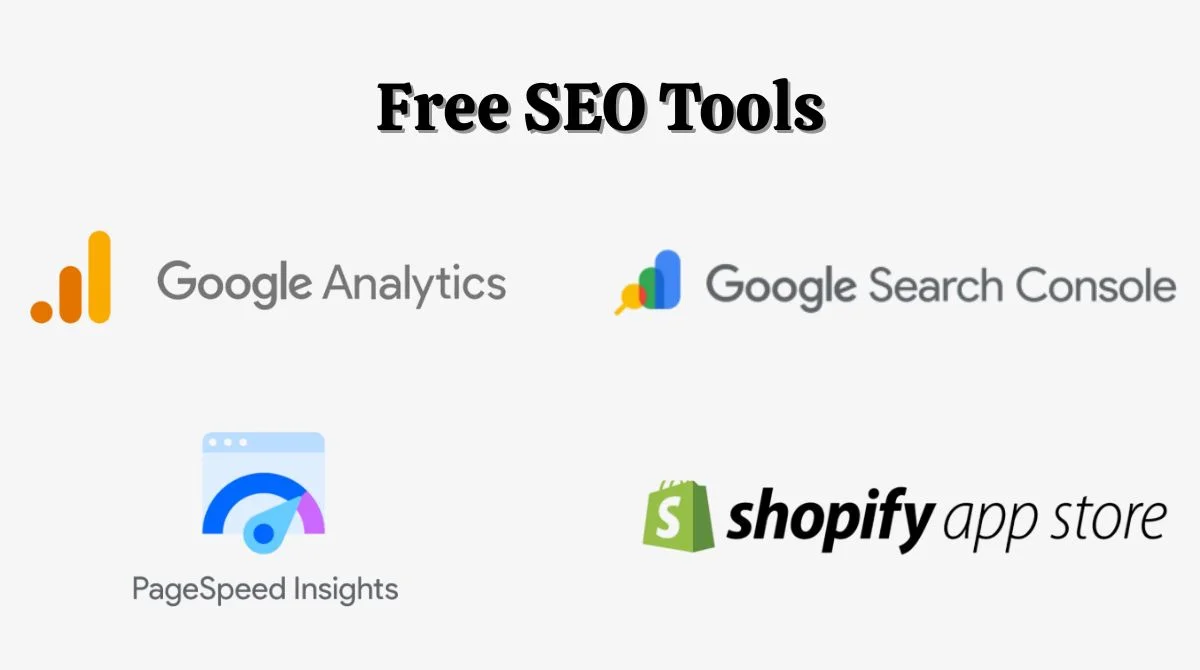
Paid tools:
- SEMrush or Ahrefs for keyword research.
- Screaming Frog for technical audits.
- TinyPNG for image compression.
- Shopify SEO apps from the App Store.
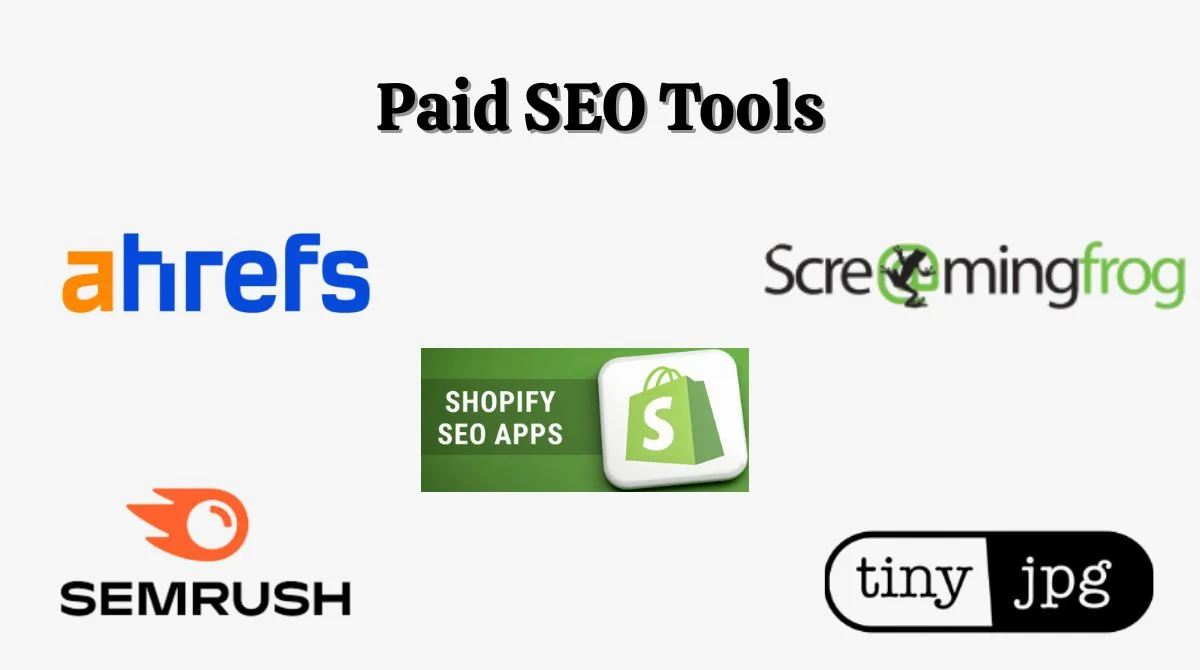
Monitoring Your SEO Progress
After fixing shopify seo problems, track your improvements:
- Monitor keyword rankings.
- Watch organic traffic growth.
- Check Core Web Vitals scores.
- Review search console errors.
- Track conversion rate improvements.
Regular monitoring helps you spot new issues quickly and maintain your SEO gains.
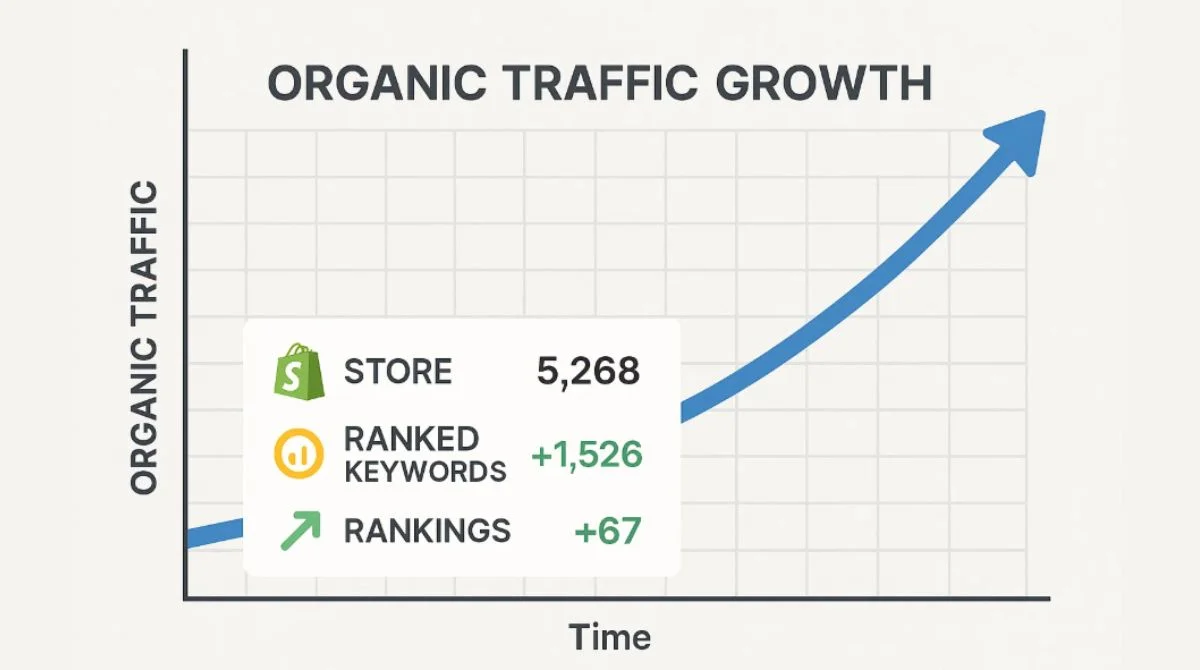
When to Consider Shopify Plus or Alternatives?
If you’re consistently hitting Shopify’s SEO limitations, consider:
- Upgrading to Shopify Plus for more flexibility.
- Using advanced SEO apps.
- Custom development solutions.
- Migrating to more SEO-flexible platforms.
However, most stores can achieve good SEO results on standard Shopify with proper optimization.
Frequently Asked Questions
Q1. What is the biggest Shopify SEO problem in 2025?
Duplicate content from product variants and collection pages remains the most damaging issue. It confuses search engines and dilutes your page authority.
Q2. Is Shopify bad for SEO compared to other platforms?
No, Shopify isn’t bad for SEO, but it has limitations. With proper optimization and workarounds, most stores can achieve excellent search rankings.
Q3. How can I make my Shopify URLs more SEO friendly?
Focus on optimizing the parts you can control: use descriptive handles, keep URLs short, include keywords naturally, and maintain consistency across your store.
Q4. Do I need expensive apps to fix Shopify SEO issues?
Not necessarily. Many problems can be fixed with free tools and manual optimization. However, some specialized apps can save time for complex issues.
Q5. How long does it take to see results after fixing Shopify SEO problems?
Basic fixes like broken links show results within days. Content and technical improvements typically take 2-8 weeks to impact rankings, depending on competition and implementation quality.
Conclusion
Shopify seo problems are common but fixable. By tackling issues like duplicate content and broken links, you can greatly enhance your store’s visibility and user engagement. The key is to address problems systematically. Start with the most critical issues like duplicate content and site speed, then work on optimizing your content and technical elements. Remember, SEO is an ongoing process. Regular audits and improvements will keep your Shopify store competitive in search results and drive more organic traffic to your business.




